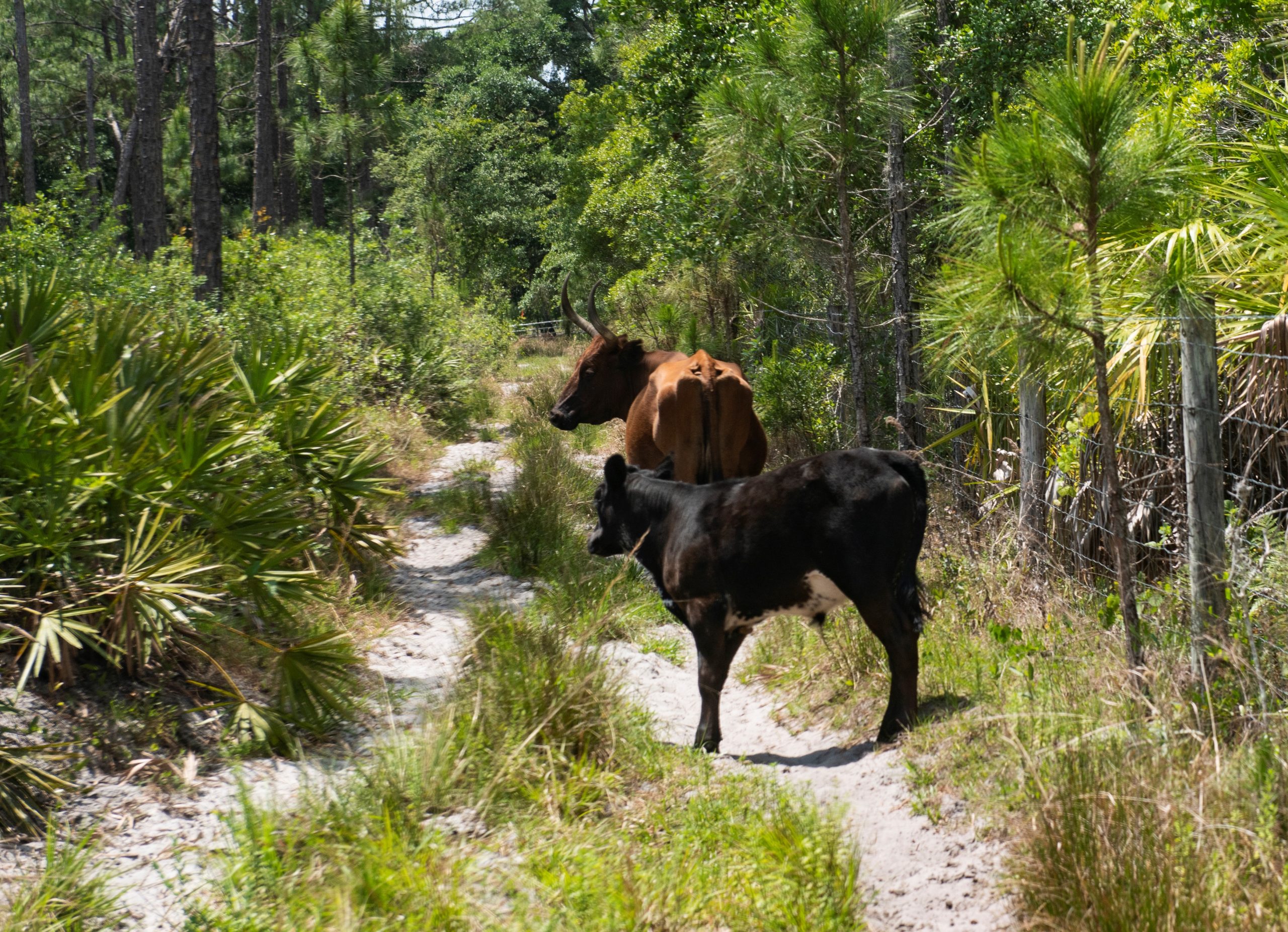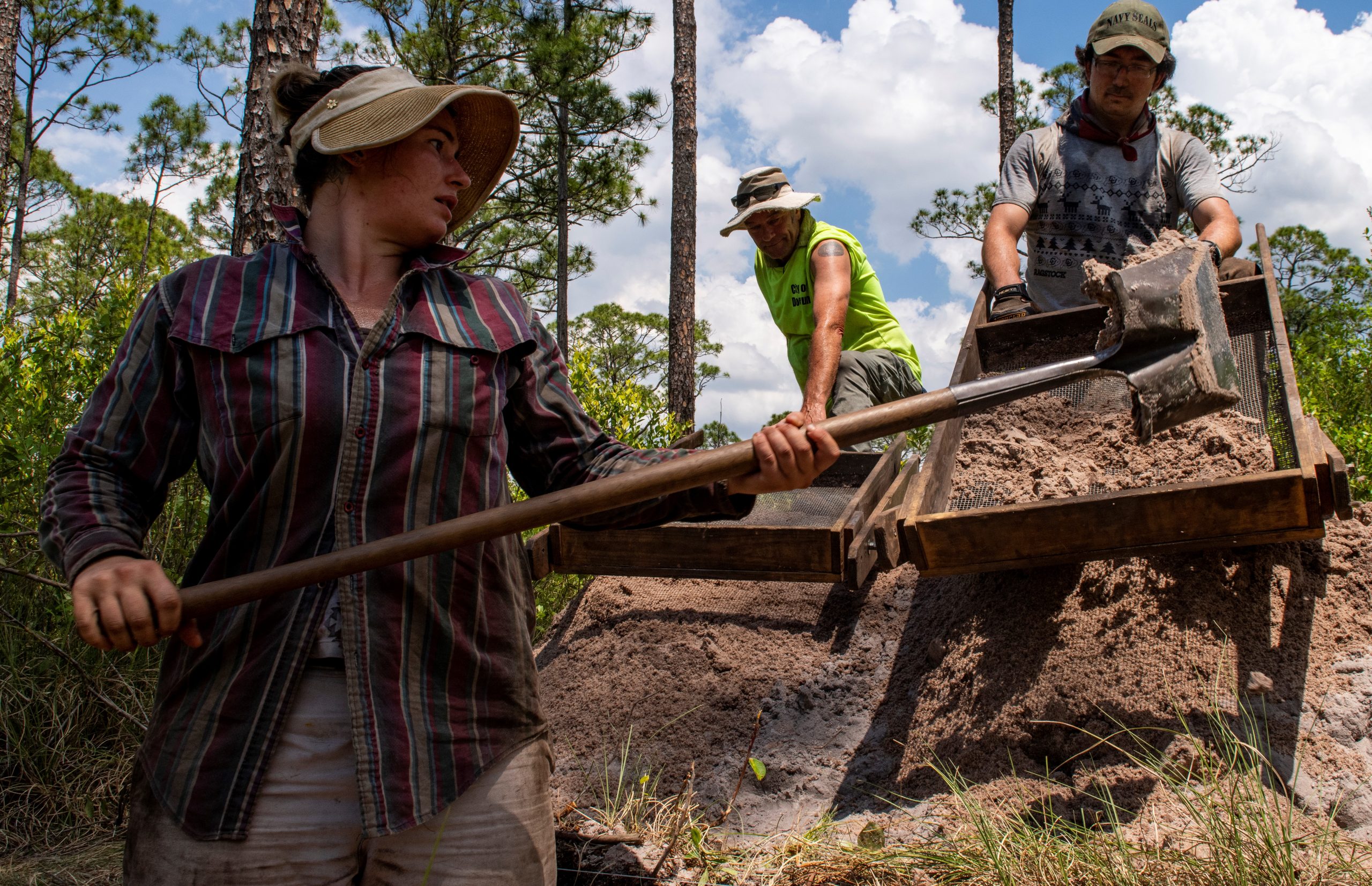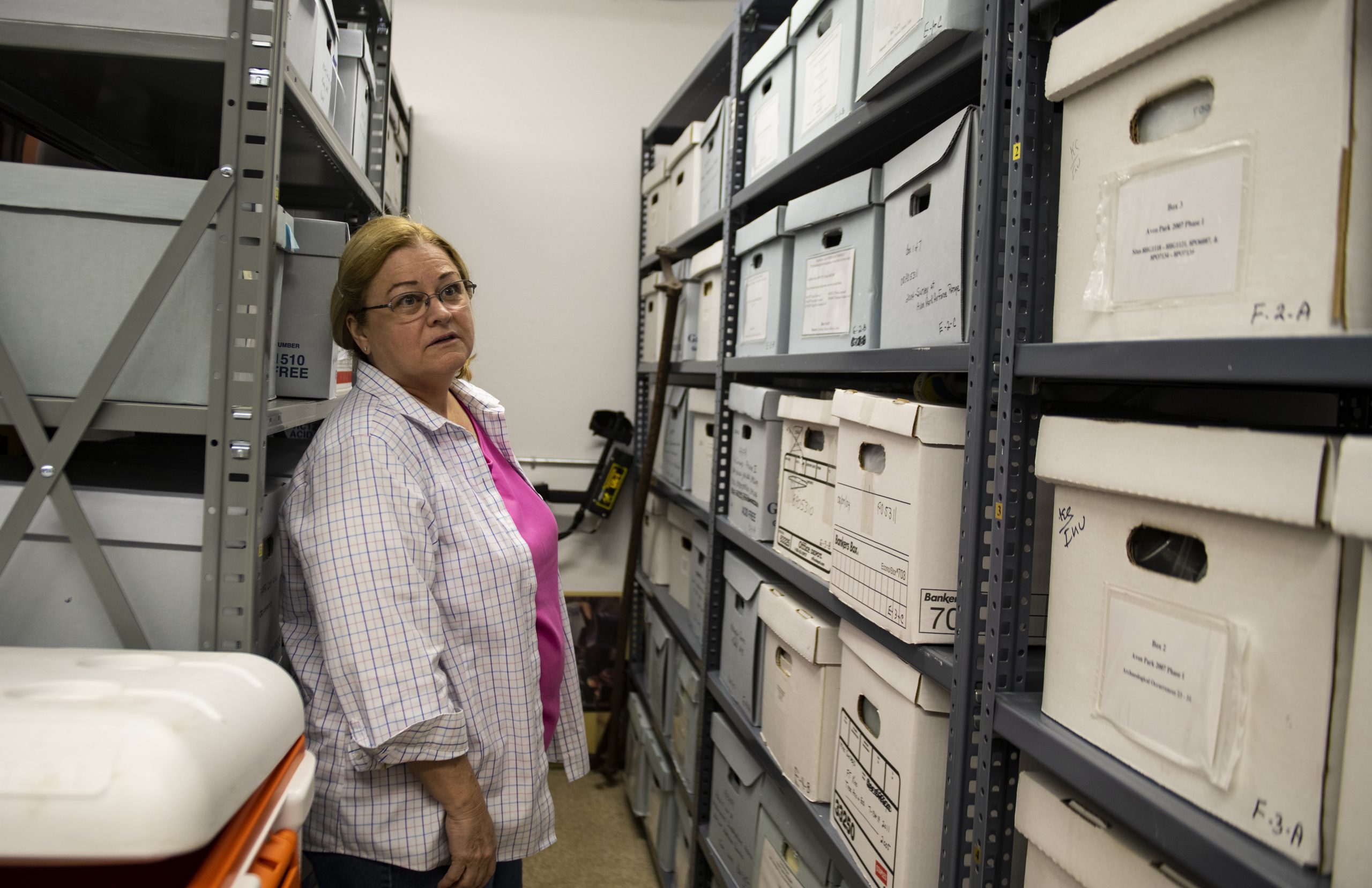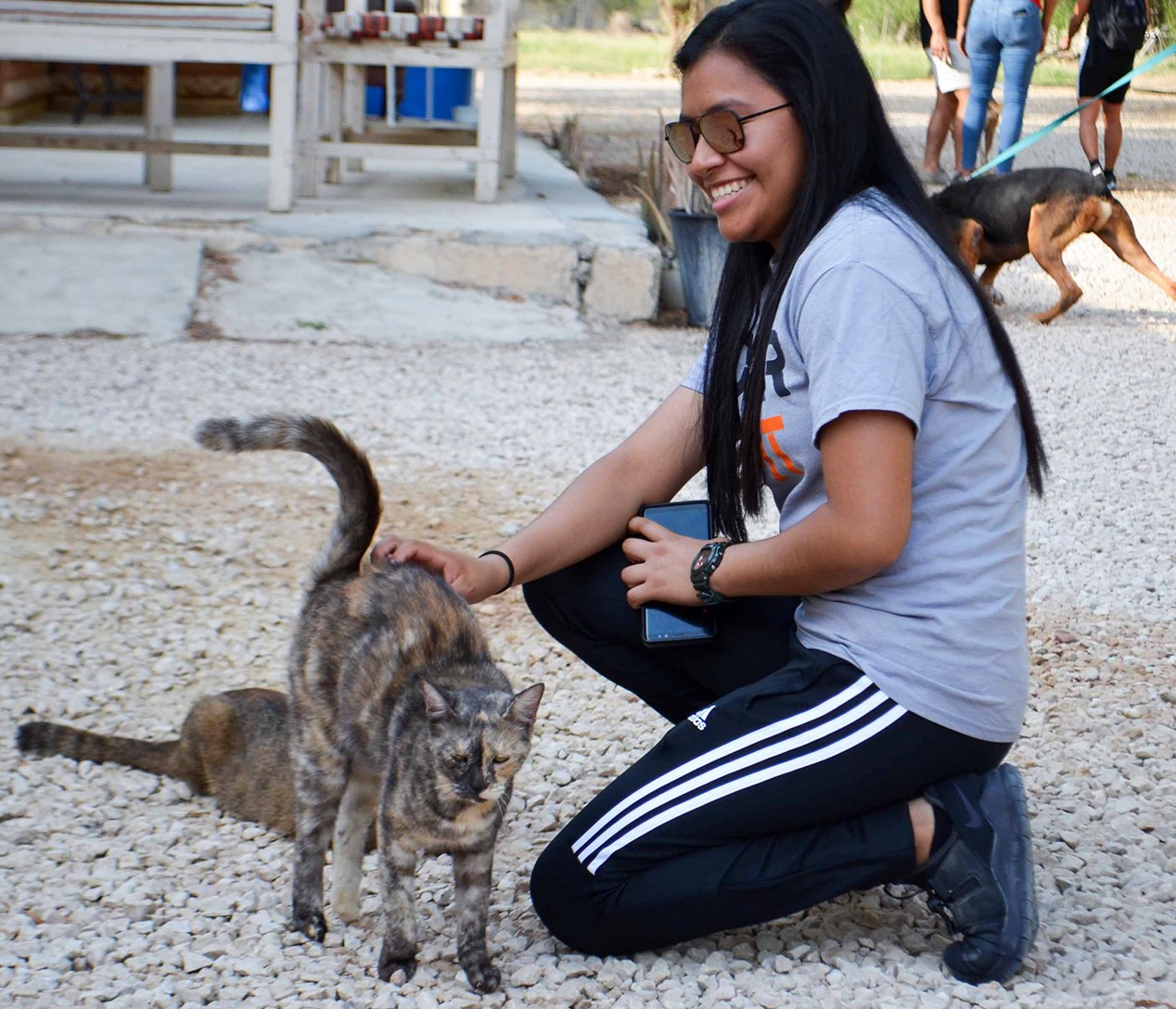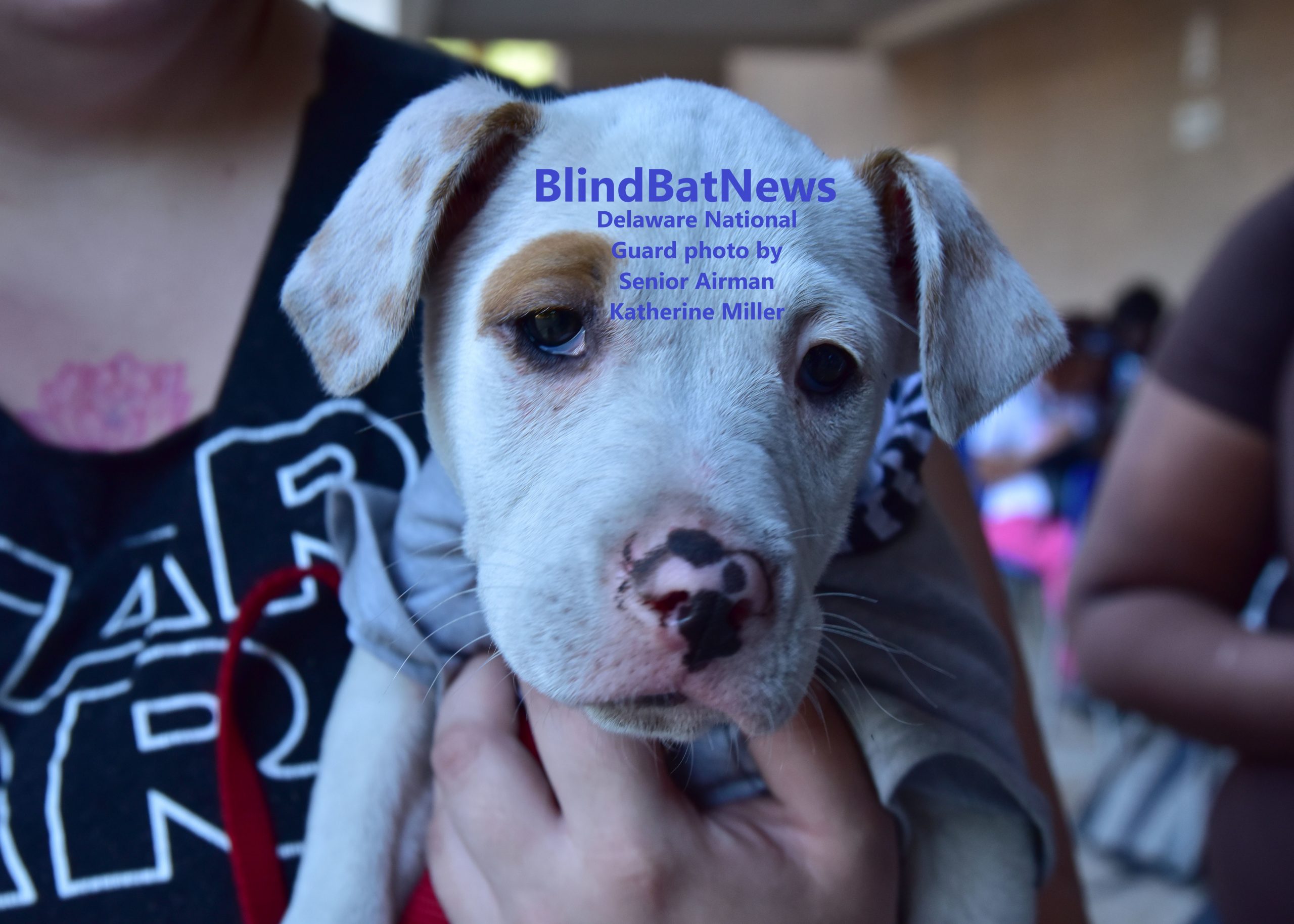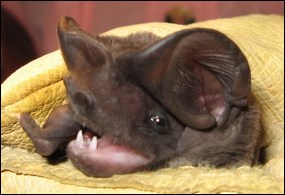
The U.S. Fish and Wildlife Service announced the discovery of the first natural Florida Bonneted Bat roost since 1979, on a U.S. Air Force (USAF) base!

Aline Morrow, U.S. Fish & Wildlife Biologist, happy to be in charge of researching the Bombing Range Bats. U.S. Air Force photo by Technical Sergeant Perry Aston, 19APR2019.
The Florida Bonneted Bat is considered one of the most endangered bats on the North American continent. The bat nest was found on Avon Park Air Force Bombing Range in 2014 (not even a year after the bat was officially declared endangered), yet its discovery has been kept relatively quiet since then.

Video interview, Aline Morrow explains the discovery:


Deuce-n-a-half truck used for gunnery practice. USAF photo by Technical Sergeant Perry Aston, 19APR2019.
Parts of Avon Park Range are also home to cattle allowed to graze as part of agreements with local ranchers. Along with intentional field burns, the grazing is hoped to reduce the chance of wildfires.
Expended practice bombs are collected and recycled.
This is what it looks like inside a steel Connex container after being hit with a small practice bomb.
According to USAF claims, the skeleton of the F-4 Phantom-2 is now intentionally missed by pilots dropping bombs, because they want what’s left to remain.
Besides being a bombing range, grazing land and animal preserve, Avon Park is on the verge of becoming a National Historic Place.
Archaeologists have been busy finding ‘ancient’ remains. Already a small storehouse of boxes of artifacts could qualify the range for the National Register of Historic Places.
NEW JERSEY NATIONAL GUARD SAVING PETS IN QATAR!
TO SAVE THE ANIMALS, U.S. MILITARY DEPLOYED TO GEORGIA!

